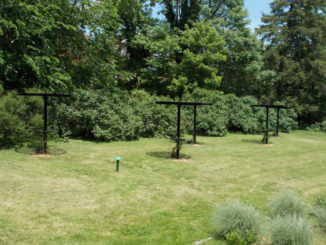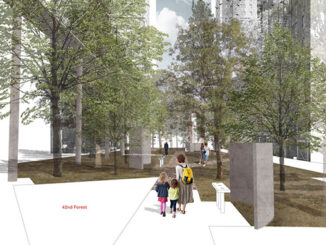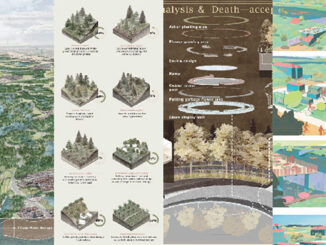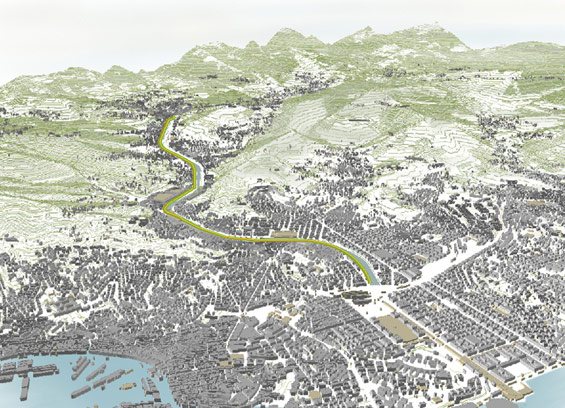
The project developed a design idea for an elevated bike infrastructure in Genoa’s east Valley, known as Val Bisagno. The valley has been named after the seasonal stream that rushes through it, nowadays the area is one of Genoa’s busiest urban periphery, with 130.000 inhabitants and two major issues:
1) The recurring floods of the seasonal stream.
2) The lack of sustainable mobility plans.
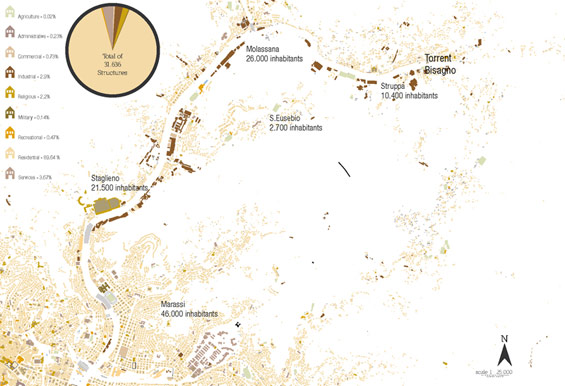
These issues have similar origins, the project intends to tackle the mobility problems by analysing the roots of the hydrological and traffic issues. The final result is an elevated bike-way over the seasonal stream, which links the 11 km of the valley to the city centre, creating the first dedicated bike infrastructure in the city.
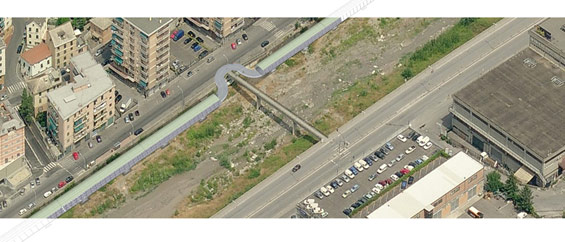
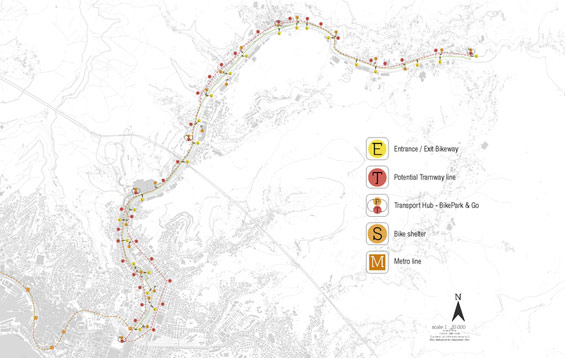
The bike-way is much more than a simple path. The infrastructure has the potential to change the neglected image of the periphery and re-establish a good image for the seasonal stream, which is perceived as a negative landmark. The reason for the bikeway to run on the seasonal stream is also due to the lack of space on the streets. The large urban sprawl from the 60s and 70s did not take into account the increase in population and number of vehicles. The city was not planned for the current amount of private vehicles, the streets are narrow and Genoa has the highest amount of scooters in Europe, hence there is little space left for expansion.
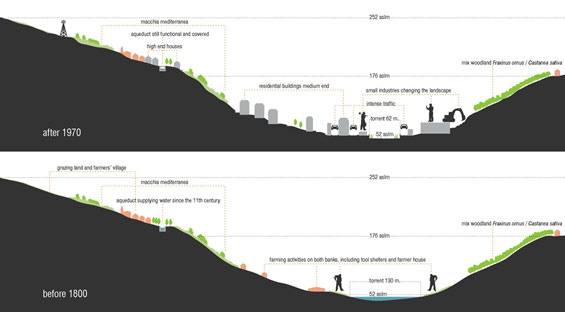
The bikeway project would be part of a larger set of projects to improve the conditions of the east valley. Specifically, the city’s priority is to regulate the flood issue by implementing a large drainage channel, which can deviate the water in excess through a series of underground channels. This is certainly a premise for the bikeway, as the recurring floods will eventually create structural damages. The drainage channel will give the chance to use part of the stream’s surface to implement mobility solution. Along side the bikeway, the inhabitants and the city council are pushing to develop a new tramway, with dedicate tracks all along the 11 km of the stream. The bikeway together with the new tramway will create a brand new mobility solution, which will radically transform people’s transport habits, enhancing the visual impact on the urbanscape and releasing traffic stress from the existing streets.
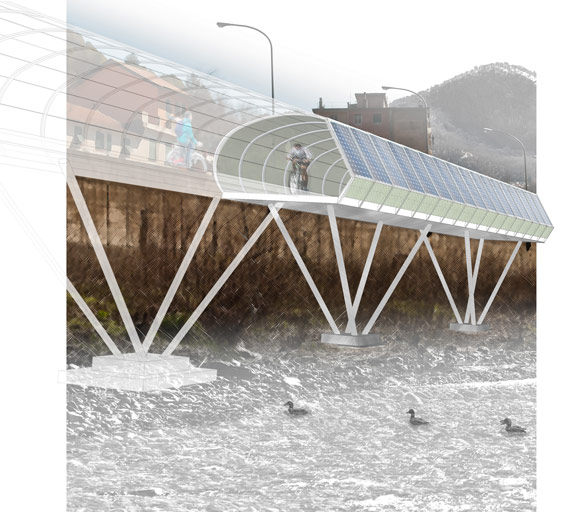
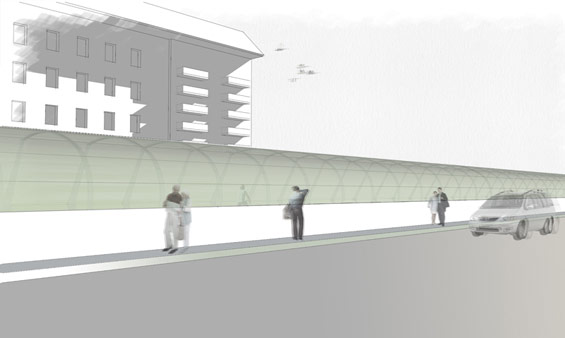
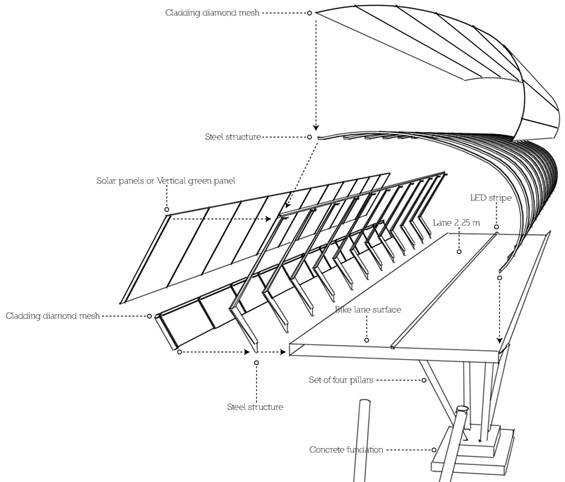
The envisioned bikeway has to be modern and innovative, linked to the existing and future public transport system, in order to ensure a smooth and efficient transport solution. The structure will include a semitransparent cover, made of coloured mesh claddings. Furthermore, the roof surface is to be used to create energy through solar panels, the generated electricity will light the LED stripes on the bikeway and hopefully give enough energy to light the street lamps. The areas of the rooftop that are in partial shade, will include a sedum mat, this green roof will be visible from street level, increasing the green surface in the city. The semi transparent cover will protect the cyclists from wind and rain. The structure is a stand alone infrastructure, yet completely melted in the urban texture and well connected to the most important transport hubs of the valley.
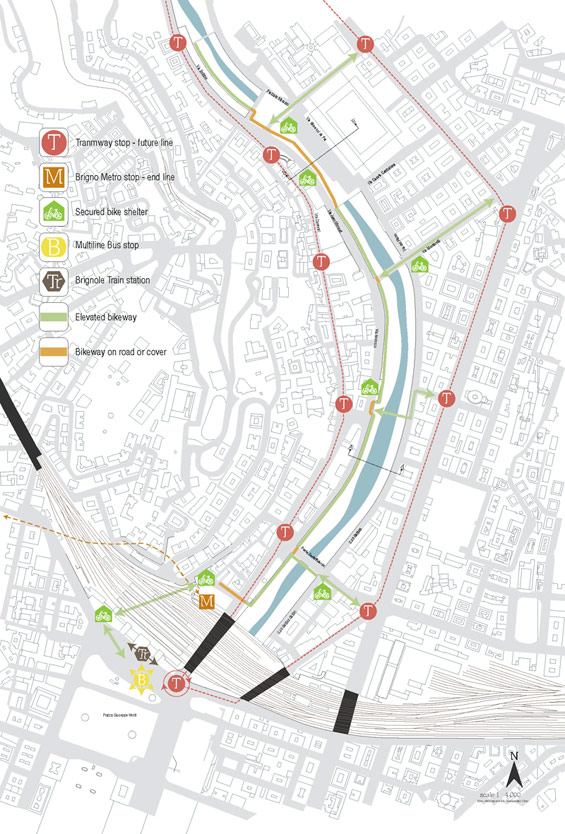
Genoa Green Infrastructure – an alternative transport solution for the Bisagno Valley
School Program | Master thesis for the IMLA (International Master of Landscape Architecture) HfWU Hochschule für Wirtschaft und Umwelt Nürtingen-Geislingen
Location | Genova, Italy
Student | Alessandro Vino
IMAGE & TEXT CREDITS : Alessandro Vino

